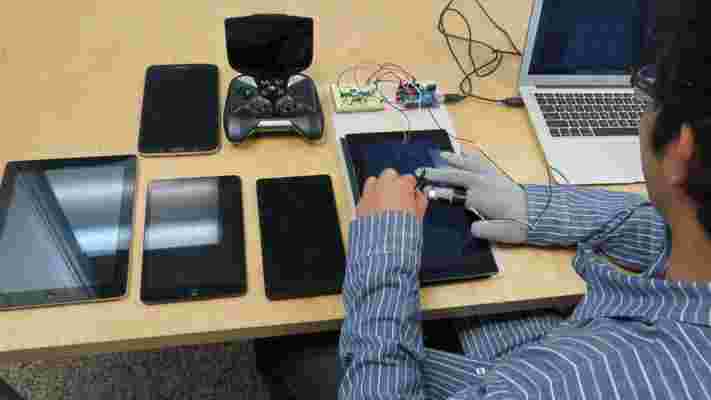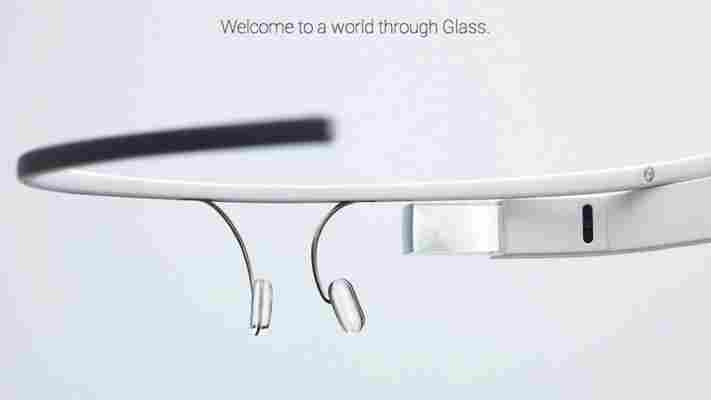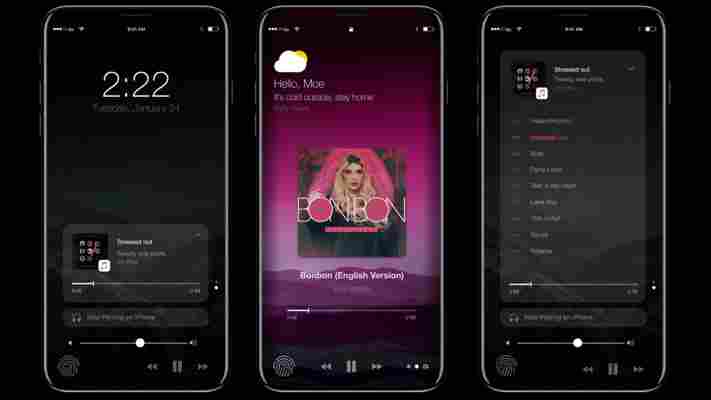Following its touchscreen response test for smartphones, app streaming company Agawi has run its TouchMark benchmark on tablets to find that Apple’s iPad has the shortest touchscreen latency.

The iPad mini registered a 75ms delay, followed closely by the iPad 4 with an 81ms lag. Nvidia SHIELD scored next with a 92ms rating, but it doesn’t exactly classify tablet and it had higher variance in its scores than other devices. Microsoft’s Surface RT had a score of 95ms.
Amazon’s new Kindle Fire HD scored 114. The Nexus 7 and Galaxy Tab 3 8.0 had the longest delays at 121ms and 123ms, respectively.
Agawi has developed a custom “Touchscope” device for tracking response time for its TouchMark reports. The test uses a lightweight app that flashes the screen when it registers a tap.
Rohan Relan, Agawi’s CEO and founder, said in an interview that the company hopes that by creating its benchmark for touch responsiveness, companies will focus more on improving latency. He cited recent evidence that companies keep track of popular benchmarks.
“It seems like there is less of a focus on this from Android than we’d like,” he added.
Relan’s takeaway for consumers is that those into gaming and interactive music apps are better off with an iPad, but tablet owners using them just for reading and surfing the Web are probably not going to notice a difference.
Image credits: Agawi
Looking to try Google Glass? This guy 3D-printed a pair and released the design

You too can become a Google Glasshole .
While the rest of the world is trying to figure out whether Google’s wearable computing endeavour will be a hit (and change the world as we know it ) before the company even gets seriously started with Glass – and often without properly field-testing the damn thing – others are finding ways to simply make their own head-mounted computing device.
Enter Chinese entrepreneur Sunny Gao , who has managed to 3D-print a fully functional Google Glass lookalike at a recent hackathon in Shanghai .
The 3D-printed specs run Android 4.0.4, have 16GB of storage and sport a 5-megapixel camera that is able to snap pictures and record 720p videos.
Like Google Glass, the glasses boast WiFi and Bluetooth support.
Just kidding – wink wink – they don’t really do anything but look flashy.
In fact, if you agree and you also want your own pair of phoney Google Glasses, Gao was so kind to release the SketchUp file for all to download.
Enjoy, but know Google has taken steps to patent Google Glass designs , so watch out (wink wink).
Apple is reportedly gunning to introduce an iris scanner to the iPhone 8
As reports about the upcoming iPhone continue to heat up , the latest one backs up previous speculation that Apple could finally be moving forward with introducing iris scanning technology to its flagship handsets so you can unlock your phone with your eyes.

Citing undisclosed insiders, Taiwanese news outlet DigiTimes reports that, in addition to wireless charging and an OLED screen , the revamped iPhone 8 will also pack an iris scanner. Among other things, the new feature is expected to simplify the authentication process for mobile services like Apple Pay.
It’s worth noting the publication previously suggested Apple has no plans to include iris scanning tech to its phones until 2018, but more recent rumors hinted the feature might indeed come earlier than expected. This report simply adds a little more credence to the speculation.
MacRumors remarks that noted Apple analyst Ming-Chi Kuo from KGI Securities previously commented the Big A is more likely leaning towards facial recognition sensors rather than a straight-up iris scanner.
Given that the forthcoming iPhone is slated to arrive in three different models , it remains unclear whether iris scanning will land on all versions.
In any case, Apple wouldn’t be the first phone-maker to implement the technology. Samsung had already toyed around with iris scanners with the now-discontinued Galaxy Note 7 – and reports seem to suggest the manufacturer has plans to bring it to its much-expected Galaxy S8 .
